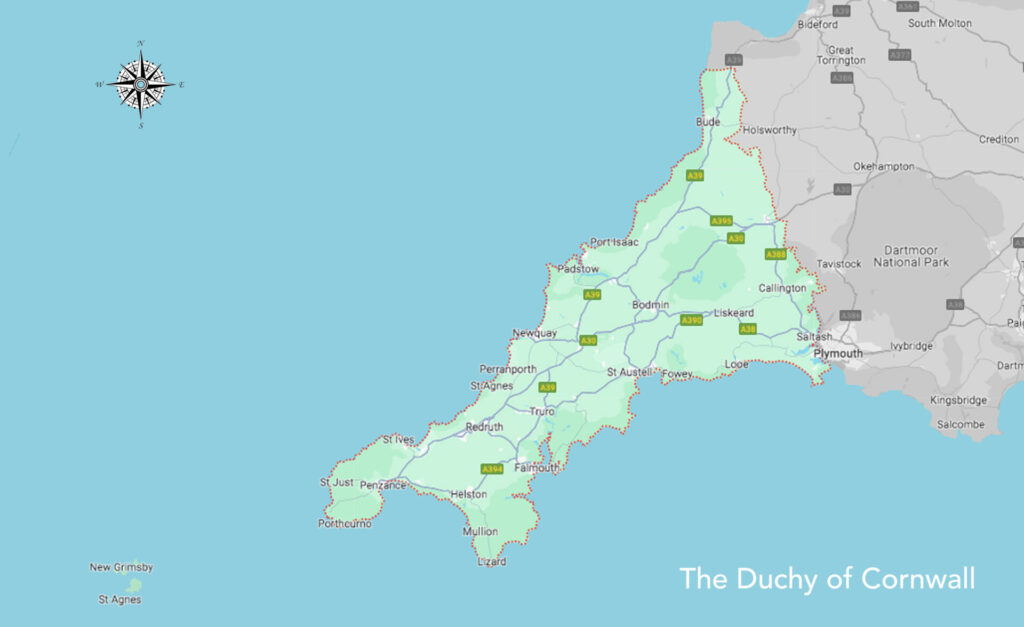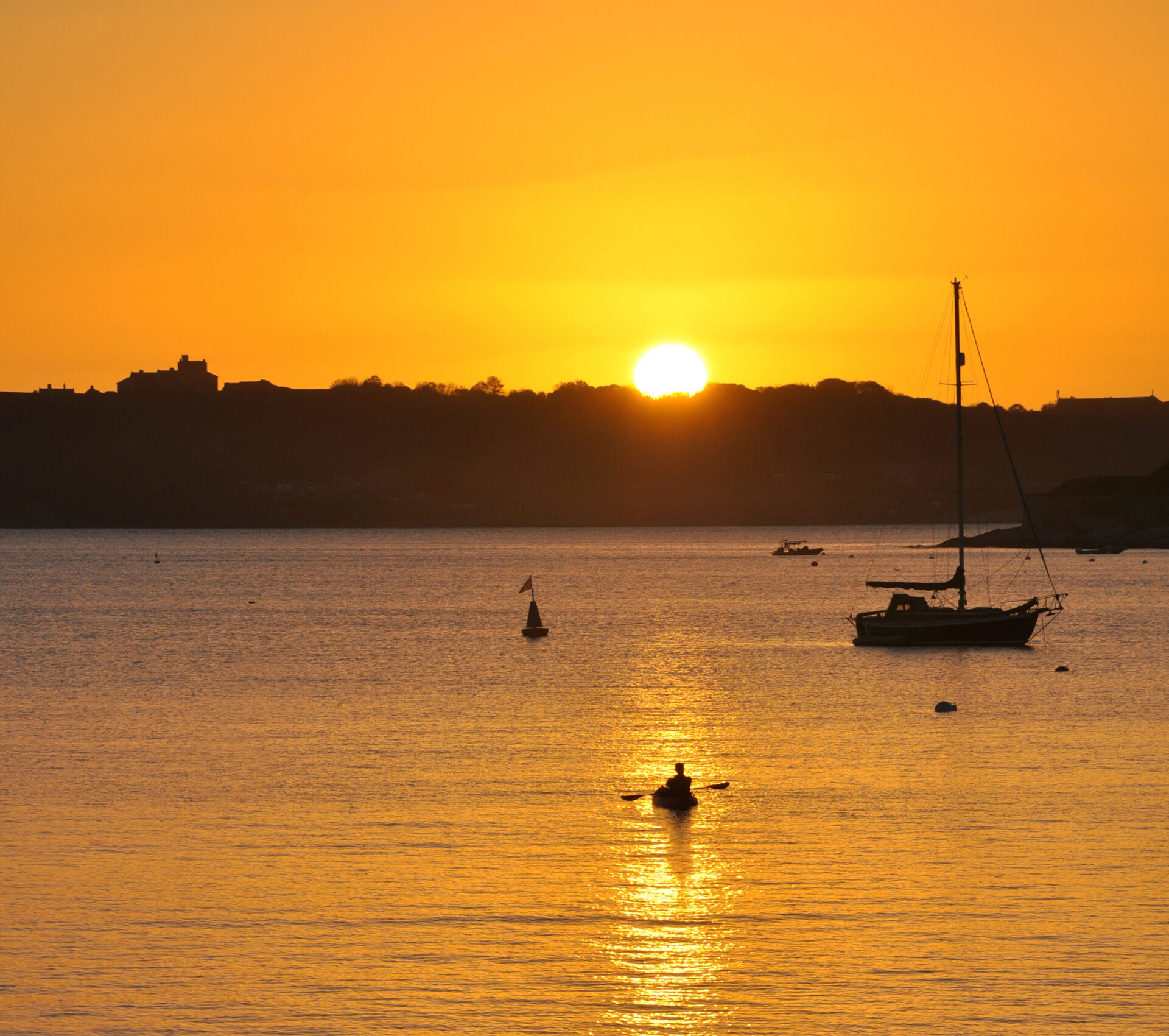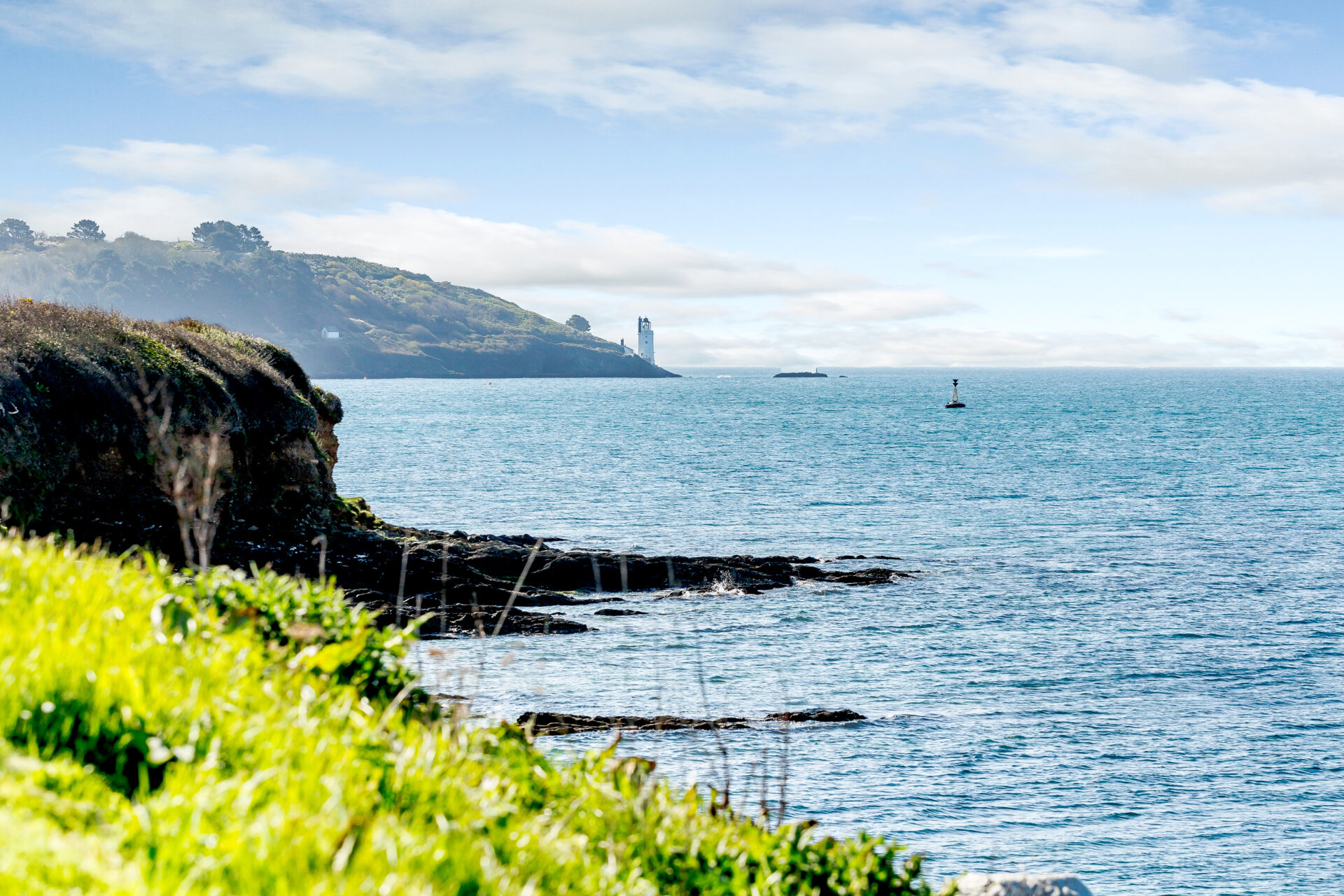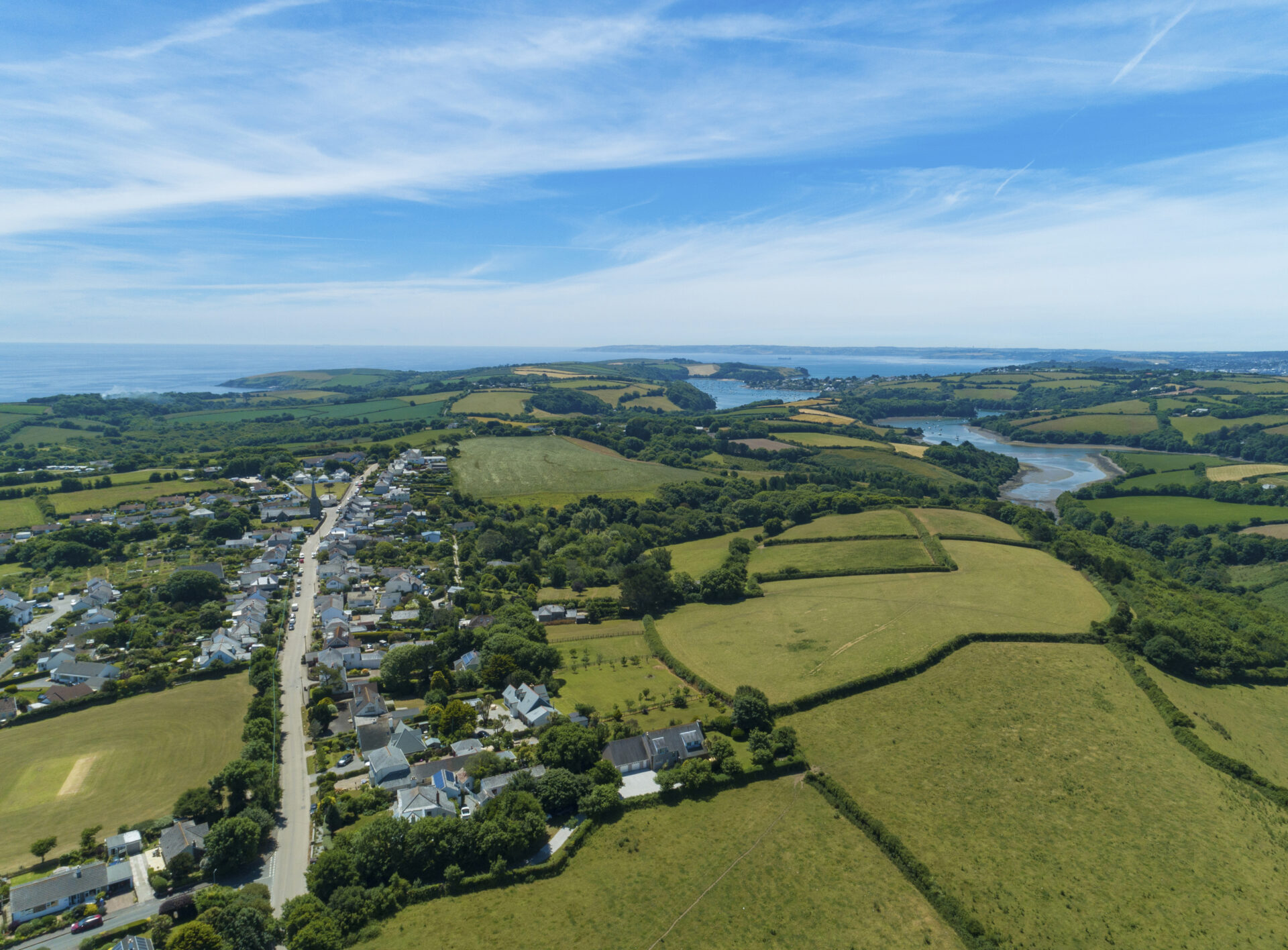Today Cornwall is a very friendly and welcoming place but still a land apart, with a strong sense of its own separate identity. Geographically and historically, it has much in common with the other nearby West Europe Celtic extremities of Wales and Brittany. This is seen in the native languages of these three areas and the fact that, being in large part surrounded by the sea and being isolated, over the centuries they developed similar maritime and rural heritages. Cornwall has a wealth of prehistoric and medieval artifacts, including a number of well-preserved stone castles, and over 100 other ancient sites of renown.
In more recent times the development of Cornwall was very much influenced by the onset of the mining industry. Although primitive mining had been carried out from the Bronze age and became a major activity in medieval times and later, it was in the late 18th and early 19th centuries that Cornwall became extremely wealthy with the industrialisation of the mining industry. Many fine houses were built by mine owners, a number being open to the public today, and the county is dotted with mining remains and the ports which served the industry. The china clay area and the port of Fowey are the only active remnants today.

Commercial farming and fishing remain as important parts of the Cornish economy. However, in the second half of the 20th century the previous trickle of tourists expanded to make tourism Cornwall’s largest industry, and this continues into the 21st century. This is particularly because, along with its benign climate, it has the longest coastline, at over 400 miles of any county in the UK. It is wonderfully varied with hundreds of beaches, beautiful creeks, and spectacular cliffs, all accessible by footpaths, particularly the South West Coast Path. All around the coast this links with inland footpaths, leading to many lovely villages, woods, fields, and moorland, including Bodmin Moor.
The north coast, facing the Atlantic Ocean, has rugged high cliffs and some very large beaches. Its major centres are St Ives, Padstow, Newquay and Bude, all significantly reliant on tourism. The south coast, facing the English Channel, is penetrated by the rias (drowned river valleys) of the Fal, Helford, Fowey and Tamar rivers, the latter on the Cornwall/Devon border. Major south coast centres are Penzance, Falmouth, and Fowey, with slightly inland, Truro and St Austell. These have their own industries in addition to tourism. Main non-coastal centres are Launceston, Bodmin, Wadebridge, Camborne/Redruth, and Helston, all of historic interest and worth a visit.
The population of Cornwall, at about 570,000, is the same as that of Bristol, or about 6% of that of London. The largest settlements have populations of only about 20,000, including the county town of Truro, which is also the only city in Cornwall. Its cathedral was completed relatively recently in 1910, almost 700 years since the previous cathedral construction of Salisbury. The smallest hamlets have populations in single figures, and in between these and the towns is an amazing variety of villages, each usually with a church, pub and village hall. They all have traditions and many stories to tell.
The recent and current picture of Cornwall is one of a thriving community enjoying all its historical advantages and habits, plus more recent activities generated by the tourism industry. One such activity is walking the hundreds of miles of coastal and inland paths, particularly when punctuated by a lunch stop at one of many characterful pubs. Another is surfing and the north coast has many suitable beaches, taking advantage of Atlantic rollers, while paddle boarding and wind surfing are popular along the south coast.
Sailing is a significant feature of Cornish coastal waters, from small dinghies, through yachts and historic pilot cutters to tall ships, with the international Tall Ships Race regularly starting from Falmouth. The north coast is more forbidding for small craft sailing and is centred at Padstow/Rock in the sheltered River Camel estuary and at St Ives. On the south coast the Fowey and Fal/Helford estuaries are major sailing venues. Here there are nine very active sailing/yacht clubs running hundreds of races and other sailing events throughout the season. Many world class sailors have learnt the ropes in Cornwall, including multi Olympic medallist Ben Ainslie.
In addition to traditional beach and waterside activities Cornwall has a plethora of cultural and entertainment venues. These include The Eden Project, Porthcurno Telegraph Museum, The Minack Theatre, Goonhilly Satellite Earth Station, The Hall for Cornwall, The Lost Gardens of Heligan, Tintagel Castle, St Mawes Castle, Pendennis Castle, The National Maritime Museum, Truro Cathedral, Trebah Gardens, St Michaels Mount, Tate St Ives, Lanhydrock, Charlestown Tall Ships Harbour, Glendurgan Gardens, Geevor Tin Mine, Godolphin House, Levant Mine and Beam Engine, Cornish Seal Sanctuary, Trerice House, The Royal Cornwall Museum, Trelissick Gardens, East Pool Mine and Beam Engines, Bodmin and Wenford Steam Railway, The Camel Trail, Port Eliot House and Gardens, Wheal Martyn China Clay Museum, Caerhays Estate, Cotehele House, Edgcumbe House and Country Park, and much more.
After visiting any of these attractions it is necessary to replace the energy expended, and in addition to the hundreds of good pubs there are some quite famous restaurants and hotels providing first class dining, including Michelin star venues. In addition, wherever there is a beach and in all the towns, there are a variety of more modest but very adequate eating establishments.
In summary, there is an endless variety of things to experience and enjoy in the county. The above gives an overall flavour but only scratches the surface of what is available. There are thousands of on-line and hard copy sources providing detailed information, including the Cornwall edition of The Buildings of England by Beacham and Pevsner. All are well worth studying in order to enhance enjoyment of the magic of Cornwall.



